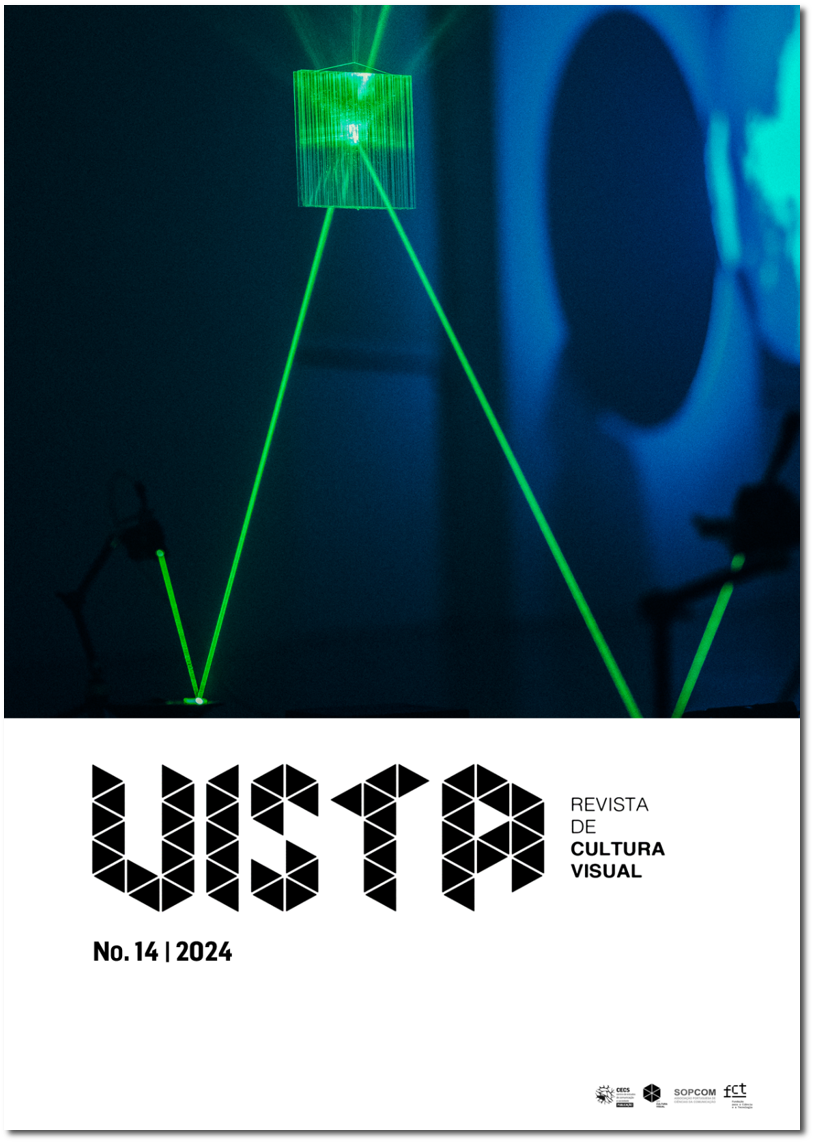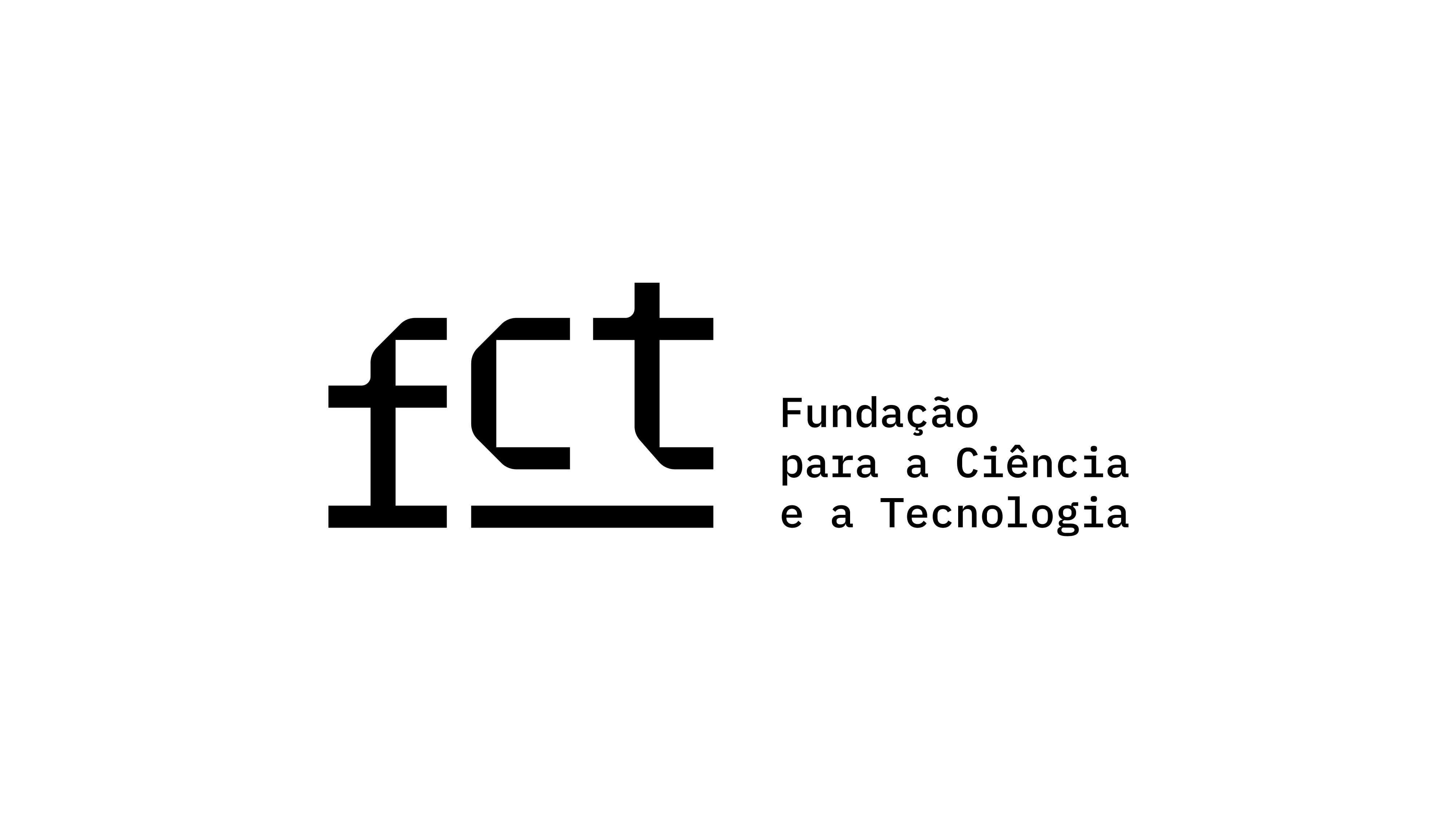Enhancing Firefighter Training With Virtual Reality: Benefits, Challenges, and Technological Integration
DOI:
https://doi.org/10.21814/vista.5875Keywords:
remote training, virtual reality, simulation, firefighter trainingAbstract
The use of virtual reality (VR) in firefighter training represents a promising innovation that has the potential to revolutionise traditional training methods by allowing simulations of high-risk scenarios in a controlled and safe environment. This article examines the benefits and challenges of incorporating VR into training programmes, emphasising its advantages in developing practical skills and preparing for complex situations of emergency. The realism offered by VR enables firefighters to immerse themselves in virtual environments, where they can practise manoeuvres and decision-making without the inherent risks of real fires. This enhances safety and allows scenarios to be repeated at minimal additional cost. However, the implementation of VR in training faces technical and acceptance challenges. Issues such as the high cost of equipment, difficulties in creating fully realistic simulations — particularly in replicating factors like heat and smoke — and resistance from some professionals to adopting new technologies are significant barriers. Additionally, the need for specialised hardware and the potential for physical discomfort, such as nausea, highlight the importance of an adaptation period. Nevertheless, studies suggest that VR offers significant benefits, including immediate feedback and the ability to customise training to meet individual needs. The successful integration of VR requires a collaborative approach involving fire brigades and technology developers. This collaboration is crucial to tailor the innovation to the specific requirements of emergency training. The potential of VR to enhance firefighter preparedness safely and efficiently points to its increasing application in public safety, underscoring the importance of future research to optimise its use in real emergency scenarios.Downloads
References
Bellemans, M., Lamrnens, D., De Sloover, J., De Vleeschauwer, T., Schoofs, E., Jordens, W., Van Steenhuyse, B., Mangelschots, J., Selleri, S., Hamesse, C., Freville, T., & Haeltermani, R. (2020). Training firefighters in virtual reality. In 2020 International Conference on 3D Immersion (IC3D): Proceedings (pp. 1–6). Institute of Electrical and Electronics Engineers. https://doi.org/10.1109/IC3D51119.2020.9376336
Blanco-Novoa, Ó., Fraga-Lamas, P., A. Vilar-Montesinos, M., & Fernández-Caramés, T. M. (2020). Creating the internet of augmented things: An open-source framework to make IoT devices and augmented and mixed reality systems talk to each other. Sensors, 20(11), 1–27. https://doi.org/10.3390/s20113328
Bourhim, E. L. M., & Cherkaoui, A. (2020). Efficacy of virtual reality for studying people’s pre-evacuation behavior under fire. International Journal of Human-Computer Studies, 142, 1–15. https://doi.org/10.1016/j.ijhcs.2020.102484
Braun, P., Grafelmann, M., Gill, F., Stolz, H., Hinckeldeyn, J., & Lange, A. (2022). Virtual reality for immersive multi-user firefighter-training scenarios. Virtual Reality & Intelligent Hardware, 4(5), 406–417. https://doi.org/10.1016/j.vrih.2022.08.006
Chamusca, I., Santos, F., Ferreira, C., Murari, T., Junior, A., & Winkler, I. (2022). Evaluation of design guidelines for the development of intuitive virtual reality authoring tools: A case study with NVIDIA Omniverse. In IEEE International Symposium on Mixed and Augmented Reality Workshops (pp. 357–362). Institute of Electrical and Electronics Engineers. https://doi.org/10.1109/ISMAR-Adjunct57072.2022.00078
Chang, E., Kim, H. T., & Yoo, B. (2020). Virtual reality sickness: A Review of causes and measurements. International Journal of Human–Computer Interaction, 36(17), 1658–1682. https://doi.org/10.1080/10447318.2020.1778351
Creagh, H. (2003). Cave Automatic Virtual Environment. In Proceedings: Electrical Insulation Conference and Electrical Manufacturing and Coil Winding Technology Conference (pp. 499–504). Institute of Electrical and Electronics Engineers. https://doi.org/10.1109/EICEMC.2003.1247937
Diemer, J., Alpers, G. W., Peperkorn, H. M., Shiban, Y., Mühlberger, A., & Oathes, D. J. (2015). The impact of perception and presence on emotional reactions: A review of research in virtual reality. Frontiers in Psychology, 6(26), 1–9. https://doi.org/10.3389/fpsyg.2015.00026
Doerner, R., Broll, W., Jung, B., Grimm, P., Göbel, M., & Kruse, R. (2022). Introduction to virtual and augmented reality. In Virtual and augmented reality (VR/AR): Foundations and methods of extended realities (XR) (pp. 1–37). Springer. https://doi.org/10.1007/978-3-030-79062-2_1
Engelbrecht, H., Lindeman, R. W., & Hoermann, S. (2019). A SWOT analysis of the field of virtual reality for firefighter training. Frontiers in Robotics and AI, 6, 1–14. https://doi.org/10.3389/frobt.2019.00101
Fisher, S. S. (2016). The NASA Ames VIEWlab project — A brief history. Presence, 25(4), 339–348. https://doi.org/10.1162/PRES_a_00277
Furht, B. (2008). Virtual reality. In B. Furht (Ed.), Encyclopedia of multimedia (p. 868). Springer US. https://doi.org/10.1007/978-0-387-78414-4_255
Gigante, M. A. (1993). 1 - Virtual reality: Definitions, history and applications. In R. A. Earnshaw, M. A. Gigante, & H. Jones (Eds.), Virtual reality systems (pp. 3–14). Academic Press. https://doi.org/10.1016/B978-0-12-227748-1.50009-3
Grabowski, A., & Jach, K. (2021). The use of virtual reality in the training of professionals: With the example of firefighters. Computer Animation and Virtual Worlds, 32(2), 1–6. https://doi.org/10.1002/cav.1981
Gutierrez, N. (2023). The ballad of Morton Heilig: On VR’s mythic past. JCMS: Journal of Cinema and Media Studies, 62(3), 86–106. https://doi.org/10.1353/cj.2023.0027
Iatsyshyn, A. V., Kovach, V. O., Romanenko, Y. O., Deinega, I. I., Iatsyshyn, A. V., Popov, O. O., Kutsan, Y. G., Artemchuk, V. O., Burov, O. Y., & Lytvynova, S. H. (2020). Application of augmented reality technologies for preparation of specialists of new technological era. In A. E. Kiv, & M. P. Shyshkina (Eds.), CEUR workshop proceedings (Vol. 2547, pp. 181–200). Kryvyi Rih State Pedagogical University.
Jerald, J. (2015). The VR book: Human-centered design for virtual reality. Association for Computing Machinery; Morgan & Claypool. https://doi.org/10.1145/2792790
Kardong-edgren, S. S., Farra, S. L., Alinier, G., & Young, H. M. (2019). A call to unify definitions of virtual reality. Clinical Simulation in Nursing, 31, 28–34. https://doi.org/10.1016/j.ecns.2019.02.006
Kono, M., Miyaki, T., & Rekimoto, J. (2018). In-Pulse: Inducing fear and pain in virtual experiences. In S. N. Spencer (Ed.), Proceedings of the 24th ACM Symposium on Virtual Reality Software and Technology (pp. 1–5). Association for Computing Machinery. https://doi.org/10.1145/3281505.3281506
Kwon, C. (2021). A study on the verification of the effect of sensory extension through cutaneous sensation on experiential learning using VR. Virtual Reality, 25(1), 19–30. https://doi.org/10.1007/s10055-020-00435-9
Lasko-Harvill, A., Blanchard, C., Smithers, W., Harvill, Y., & Coffman, A. (1988). From DataGlove to DataSuit. In Digest of Papers. COMPCON Spring 88 Thirty-Third IEEE Computer Society International Conference (pp. 536–538). Institute of Electrical and Electronics Engineers. https://doi.org/10.1109/CMPCON.1988.4925
McGowin, G., Fiore, S. M., & Oden, K. (2021). A meta-review of learning research in immersive virtual reality. Proceedings of the Human Factors and Ergonomics Society Annual Meeting, 65(1), 894–898. https://doi.org/10.1177/1071181321651326
Morris, A., Guan, J., Lessio, N., & Shao, Y. (2020). Toward mixed reality hybrid objects with IoT avatar agents. In IEEE International Conference on Systems, Man and Cybernetics (pp. 766–773). Institute of Electrical and Electronics Engineers. https://doi.org/10.1109/SMC42975.2020.9282914
Narciso, D., Melo, M., Raposo, J. V., Cunha, J., & Bessa, M. (2020). Virtual reality in training: An experimental study with firefighters. Multimedia Tools and Applications, 79(9–10), 6227–6245. https://doi.org/10.1007/s11042-019-08323-4
Oliver, R. (2002). The role of ICT in higher education for the 21st century: ICT as a change agent for education. https://www.qualityes.org/wp-content/uploads/2018/06/The_role_of_ICT_in_higher_education_for_the_21st_c-2.pdf
Papachristos, N. M., Vrellis, I., & Mikropoulos, T. A. (2017). A comparison between Oculus Rift and a low-cost smartphone VR headset: Immersive user experience and learning. Proceedings - IEEE 17th International Conference on Advanced Learning Technologies, ICALT 2017, 477–481. https://doi.org/10.1109/ICALT.2017.145
Papadopoulos, T., Evangelidis, K., Kaskalis, T. H., Evangelidis, G., & Sylaiou, S. (2021). Interactions in augmented and mixed reality: An overview. Applied Sciences, 11(18), 1–24. https://doi.org/10.3390/app11188752
Santoso, H. B., Wang, J., & Windasari, N. A. (2021). Impact of multisensory extended reality on tourism experience journey. Journal of Hospitality and Tourism Technology, 13(3), 356–385. https://doi.org/10.1108/JHTT-01-2021-0036
Shi, Y., Kang, J., Xia, P., Tyagi, O., Mehta, R. K., & Du, J. (2021). Spatial knowledge and firefighters’ wayfinding performance: A virtual reality search and rescue experiment. Safety Science, 139, 1–13. https://doi.org/10.1016/j.ssci.2021.105231
Singh, N., & Carolina, N. (2017). Virtual reality: A brief survey. In 2017 International Conference on Information Communication and Embedded Systems (pp. 1–6). Institute of Electrical and Electronics Engineers. https://doi.org/10.1109/ICICES.2017.8070720
Steuer, J. (1992). Defining virtual reality: Dimensions determining telepresence. Journal of Communication, 42(4), 73–93. https://doi.org/10.1111/j.1460-2466.1992.tb00812.x
Suied, C., Drettakis, G., Warusfel, O., & Viaud-delmon, I. (2013). Auditory-visual virtual reality as a diagnostic and therapeutic tool for cynophobia. Cyberpsychology, Behaviour, and Social Networking, 16(2), 145–152. https://doi.org/10.1089/cyber.2012.1568
Sutherland, I. E. (1968). A head-mounted three dimensional display. In Proceedings of the December 9-11, 1968, Fall Joint Computer Conference, Part I (pp. 757–764). Association for Computing Machinery. https://doi.org/10.1145/1476589.1476686
Wahab, N. H. A., Sunar, N., Ariffin, S. H., Wong, K. Y., & Aun, Y. (2022). Indoor Positioning System: A review. International Journal of Advanced Computer Science and Applications, 13(6), 477–490. https://doi.org/10.14569/IJACSA.2022.0130659
Wheeler, S. G., Engelbrecht, H., & Hoermann, S. (2021). Human factors research in immersive virtual reality firefighter training: A systematic review. Frontiers in Virtual Reality, 2(October), 1–13. https://doi.org/10.3389/frvir.2021.671664
Witmer, B. G., Bailey, J. H., Knerr, B. W., & Parsons, K. C. (1996). Virtual spaces and real world places: Transfer of route knowledge. International Journal of Human-Computer Studies, 45(4), 413–428. https://doi.org/10.1006/ijhc.1996.0060
Witmer, B. G., & Singer, J. M. (1998). Measuring presence in virtual environments. Conference on Human Factors in Computing Systems - Proceedings, 7(3), 225–240. https://doi.org/10.1162/105474698565686
Woo, O. K. L., Lee, A. M., Ng, R., Eckhoff, D., Lo, R., & Cassinelli, A. (2024). Flourishing-life-of-wish virtual reality relaxation therapy (FLOW-VRT-Relaxation) outperforms traditional relaxation therapy in palliative care: Results from a randomized controlled trial. Frontiers in Virtual Reality, 4, 1–11. https://doi.org/10.3389/frvir.2023.1304155
Xie, B., Liu, H., Alghofaili, R., Zhang, Y., Jiang, Y., Lobo, F. D., Li, C., Li, W., Huang, H., Akdere, M., Mousas, C., & Yu, L. F. (2021). A review on virtual reality skill training applications. Frontiers in Virtual Reality, 2, 1–19. https://doi.org/10.3389/frvir.2021.645153
Zechner, O., Kleygrewe, L., Jaspaert, E., Schrom-Feiertag, H., Hutter, R. I. V., & Tscheligi, M. (2023). Enhancing operational police training in high stress situations with virtual reality: Experiences, tools and guidelines. Multimodal Technologies and Interaction, 7(2), 1–24. https://doi.org/10.3390/mti7020014
Downloads
Published
How to Cite
Issue
Section
License
Copyright (c) 2024 Bruno Miguel Pinheiro, Pedro Alves da Veiga, Paulo Duarte Branco

This work is licensed under a Creative Commons Attribution 4.0 International License.
Authors own the copyright, providing the journal with the right of first publication. The work is licensed under a Creative Commons Attribution 4.0 International License.













